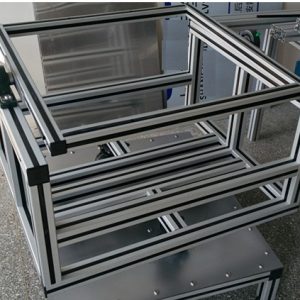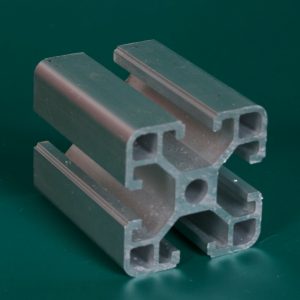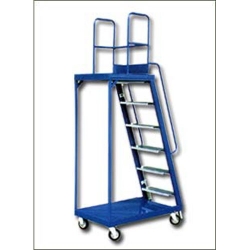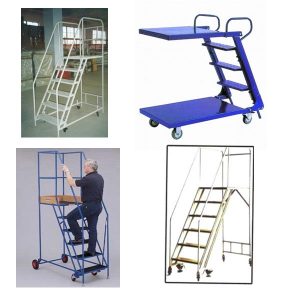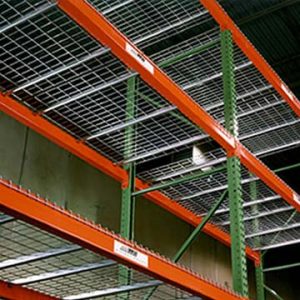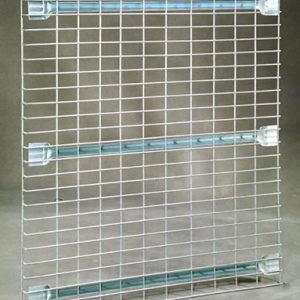(English)
Racking is basically used to store products in a distribution or manufacturing facility. Picking the right style of racking basically depends on the physical size and weight of the items that are to be stored as well as the frequency of use. Rack matches are usually used for buffering and holding stock so as to ensure enough products are on hand to meet the upcoming orders or manufacturing requirements.
Designing the configuration of the storage system depends on the items quantity and characteristic as well as the type of equipment that needs to be moved to the storage unit. The rack stored items in a warehouse basically include cartons, pallet loads or large individual units. There are different types of racking each having its own unique style and benefits with regards to accessibility or storage capabilities.
Selective racking
It is the simplest racking system which permits only one-unit-deep pallet loads to be stored side-by-side. This makes accessibility of all the pallets from the aisle. Incases greater storage is required then double deep back rack accommodates two pallet loads staged back-to-back.
Drive-in Rack
It is very ideal for the storage of repetitive products while maximizing on the storage space. This kind of structure basically allows for a truck to enter from one side only to pick up or deliver pallets that rest on a continuous rail. A drive-in rack system is often utilized when last-in fast -out systems are acceptable.
Carton Flow Rack
It is ideal for small-quantity case picking which utilizes shelves that are equipped with rollers or wheels that allow the product materials to flow from the back to the front of the rack. Pallet flow rack has a very similar concept but on a larger scale since it uses conveyer wheel shelf section that enable back-loaded pallets to flow through gravity from the front to the back.
 English
English 简体中文
简体中文
